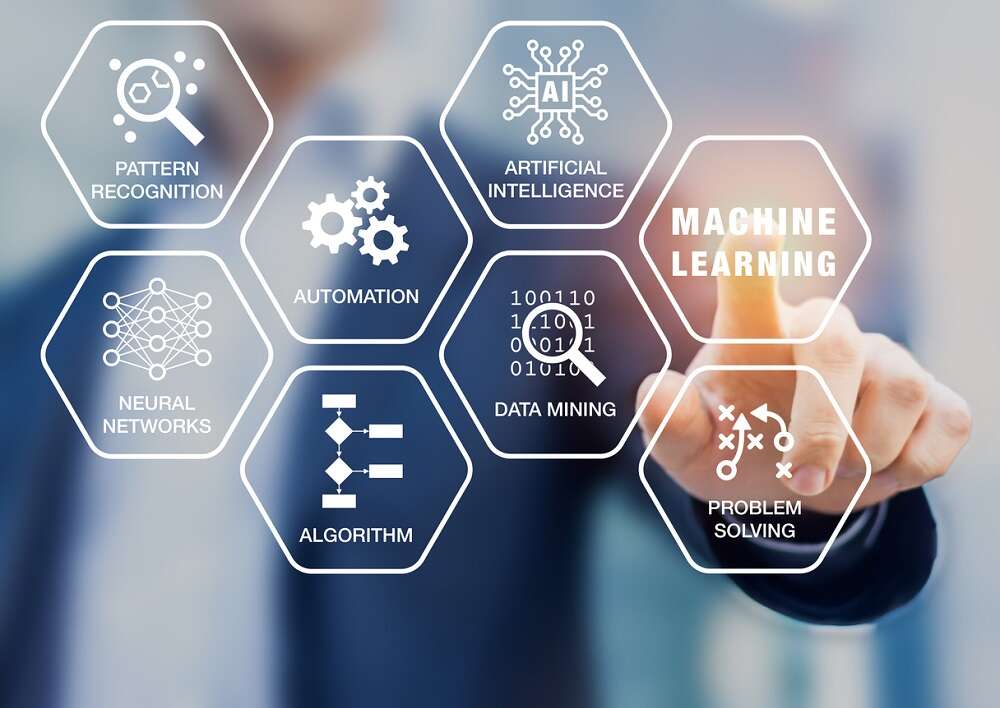
How to integrate AI and automated machine learning into the future of business intelligence
By Jamie Morrison, Solutions Architect – Domo
Incorporating Artificial Intelligence (AI) into a business can be difficult and IT leaders who have attempted to introduce advanced technologies of this nature without a clear road map will likely face challenges. Yet in today’s competitive business landscape, with growing popularity of data-driven technologies, companies are beginning to leverage automated machine learning (ML) to enhance efficiency across different areas of a business, including decision making, collecting data, and responding faster to revenue-impacting events. It is because of this shift, that it is now crucial to undergo planning specific to your business needs and outputs, to ensure a smooth implementation process and in turn truly benefit from its offerings.
What is automated machine learning?
The process of integrating AI technology into businesses can be overwhelming, but it is more attainable now than ever before. All you need to do is understand the process and determine what you want to achieve, then select the appropriate tools and methodologies to help you through the process.
Automated machine learning is a form of AI where computer programs are configured to learn from historical data to make predictions about what might happen in the future. By doing so, analysts can save time that would otherwise have been spent cleaning the data for use in reports, allowing them to concentrate on analysing and interpreting the data instead. As the automated machine learning models become more sophisticated in identifying the most critical factors for predicting an outcome, they will make more precise predictions, able to identify patterns and trends that may not be immediately visible to the human eye, enabling analysts to make better informed business decisions.
How AI and machine learning technologies can benefit organisations
Numerous businesses incorporate AI technology into their enterprise models to enhance different aspects of their organisations, such as reducing operational costs, boosting efficiency, increasing revenue, and enabling data-driven decision-making. Integrating an AI model into a business structure can result in a more efficient management of data, leading to faster and better-informed decisions.
The adoption of AI can greatly benefit organisations by enabling them to quickly and effectively comprehend their data. In today’s digital age, keeping up with big data and analytics can be a challenge, affecting various areas of a business, such as customer insights and IT efficiency. AI and ML models can analyse data in real-time, detect patterns and anomalies, and present the findings in a comprehensible way. Ultimately, the incorporation of AI and ML technologies has a favourable impact on businesses and the types of data that affect everyday processes and decision-making.
Overall, automated machine learning can:
- Improve business decisions
- Allow easier access to information
- Detect anomalies
- Advance response times
Challenges of AI and automated machine learning
It is crucial to recognise that even if the whole business is aware of a problem, all employees may not be affected or responding uniformly. Business initiatives and processes typically differ from one department to another, and it is necessary to take into account the specific systems and tools in place that may hinder overall processes. Although automated machine learning and AI enables businesses to make quicker, better-informed decisions, creating these predictions can be a time-consuming and resource intensive process, particularly in the initial stages when the company is still becoming familiar with the models.
Additionally, when utilising automated machine learning, it is crucial to understand that each model carries a certain degree of risk, which must be considered when making business decisions about which data should be incorporated into each model. Fundamentally, a model is attempting to mimic human cognitive processes and where humans can make incorrect decisions a ML model can do the same, so it must be taken into account that a given model will not give 100% correct results. These models are also constantly evolving, so it’s difficult to predict the longevity of these technologies and how they may change overtime. As this technology becomes more widely used, organisations will begin to share their data with others to improve accuracy and make predicting outcomes even faster which will help to streamline processes.
How modern business intelligence (BI) factors in
Modern BI is an important component in the integration of AI models within a company. This has led to a range of complex solutions that puts IT leaders under pressure to provide consumers with the appropriate data to make quicker decisions, as the demand for speed and efficiency continues to rise.
Business intelligence companies help you identify areas within your business where automated machine learning would be beneficial and how to implement the technology efficiently. Overall, a data experience platform such as Domo, which enables modern BI, helps make data visible and actionable with user-friendly dashboards and apps.
When it comes to implementing AI or ML models, businesses face several challenges including complexity, lack of alignment between internal teams, and a lack of adaptability. Modern BI helps to surmount these difficulties by making data accessible to all employees, providing real-time information, promoting innovation, and enabling improved decision-making. The ultimate goal is to enable organisations to solve complicated issues more effectively. The utilisation of AI and BI can assist in optimising business operations by accessing the entirety of data across all departments.
As the world of technology and AI continues to evolve, it is expected to have a huge impact on the way that businesses operate in the future. However, it’s key that organisations are educated about the process of integration and deployment in order to truly harness the power of AI and BI in a way which will benefit their unique business needs.


